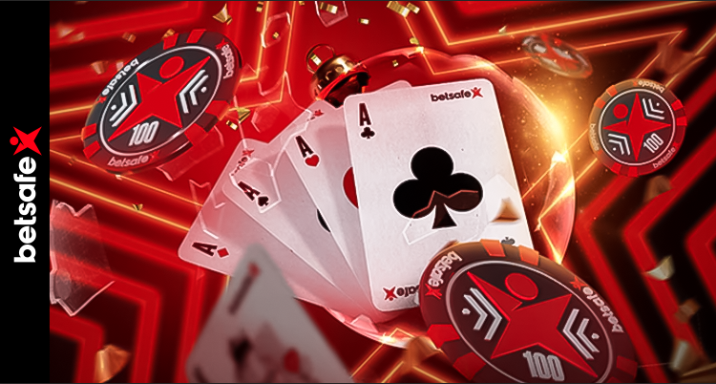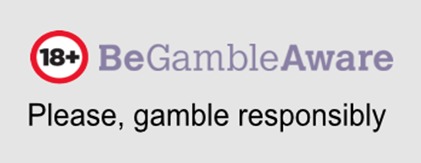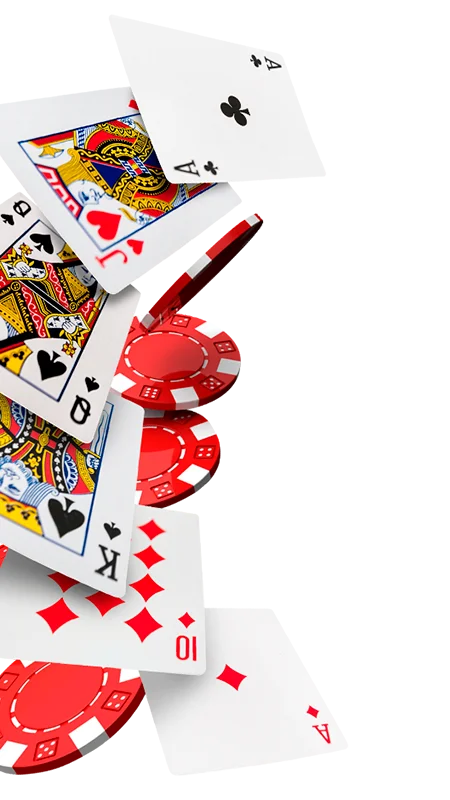
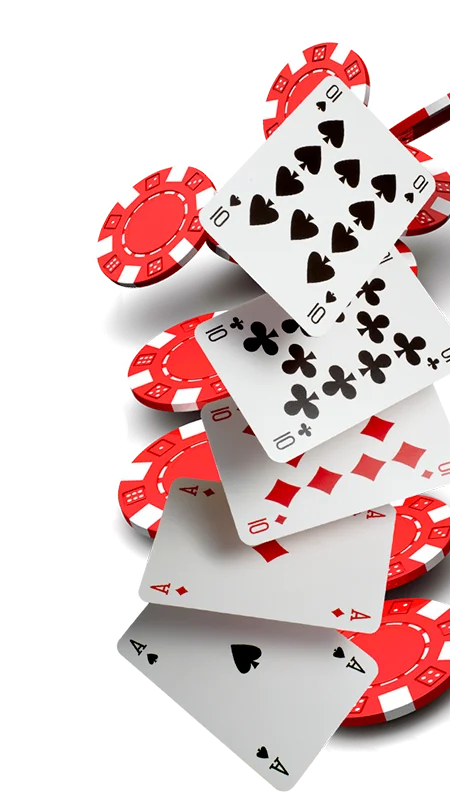
What is Edge Sorting in Poker and Why Is It So Controversial?
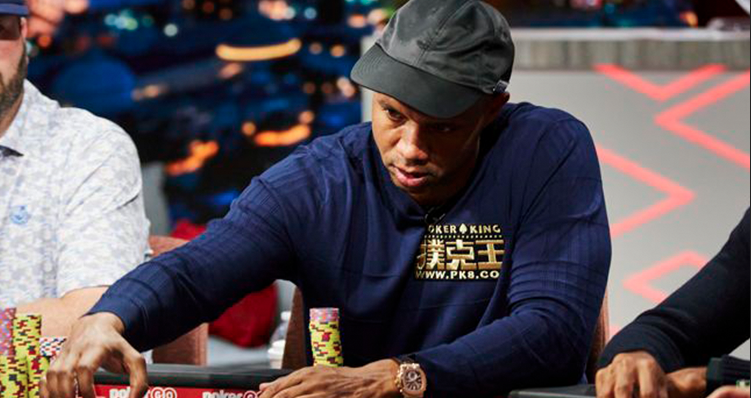
What is Edge Sorting in Poker and Why Is It So Controversial?
In the world of poker and casino games, some players have attempted to gain an advantage using unconventional methods. One of the most controversial techniques is edge sorting, a strategy that has sparked debates over whether it is a legitimate advantage play or a form of cheating.
In this article, we explore what edge sorting is, how it works, and why it has led to multimillion-dollar lawsuits against casinos.
What is Edge Sorting?
Edge sorting is a technique used to identify small differences on the back of playing cards, taking advantage of manufacturing imperfections. By detecting irregularities in the printed pattern on the back of a deck, a skilled player with exceptional vision can determine whether a card is high or low before it is revealed.
Practical Example:
Imagine you are playing baccarat or poker, and the back of the cards has slight asymmetries. A player who notices these subtle differences can identify whether a card is a 10, J, Q, K, or A, gaining a significant advantage.
This technique does not involve physically marking or altering the cards, but rather exploiting existing flaws in the deck.
Is Edge Sorting Legal?
The legality of edge sorting in poker and casinos has been widely debated. Technically, it does not involve tampering with cards, but rather recognizing and utilizing natural imperfections. However, casinos consider it a violation of their rules and have taken legal action against players who use it.
Phil Ivey vs. Borgata & Crockfords Casino Case
One of the most famous edge sorting cases involved legendary poker player Phil Ivey, who won $10 million in baccarat using this technique at Borgata Casino (USA) and Crockfords Casino (UK).
What happened?
Crockfords Casino refused to pay Ivey’s winnings, claiming he exploited a defect in the cards.
Borgata Casino sued Ivey and won the case, forcing him to return the money.
Although Ivey never touched the cards or used electronic devices, the courts ruled that his strategy violated casino rules.
This case set a precedent, making edge sorting a highly controversial strategy in the gambling world.
Can Edge Sorting Be Used in Poker?
While edge sorting is more commonly associated with baccarat or blackjack, some players have attempted to apply it in live poker games to detect differences in community cards or identify flaws in poorly manufactured decks.
For edge sorting to work in poker, these conditions must be met:
✔️ A deck with asymmetrical patterns on the back.
✔️ Cards that have been strategically rotated before distribution.
✔️ A player with exceptional eyesight to spot the differences.
Is it likely? No, modern casinos frequently change decks and use high-security playing cards, making edge sorting nearly impossible in poker today.
Edge Sorting vs. Other Advantage Play Techniques
Edge sorting is not the only method that players have used to gain an edge in casinos. Here’s how it compares to other advantage play techniques:
While card counting is a recognized and legal strategy (though frowned upon by casinos), edge sorting remains in a gray area.
You may also like
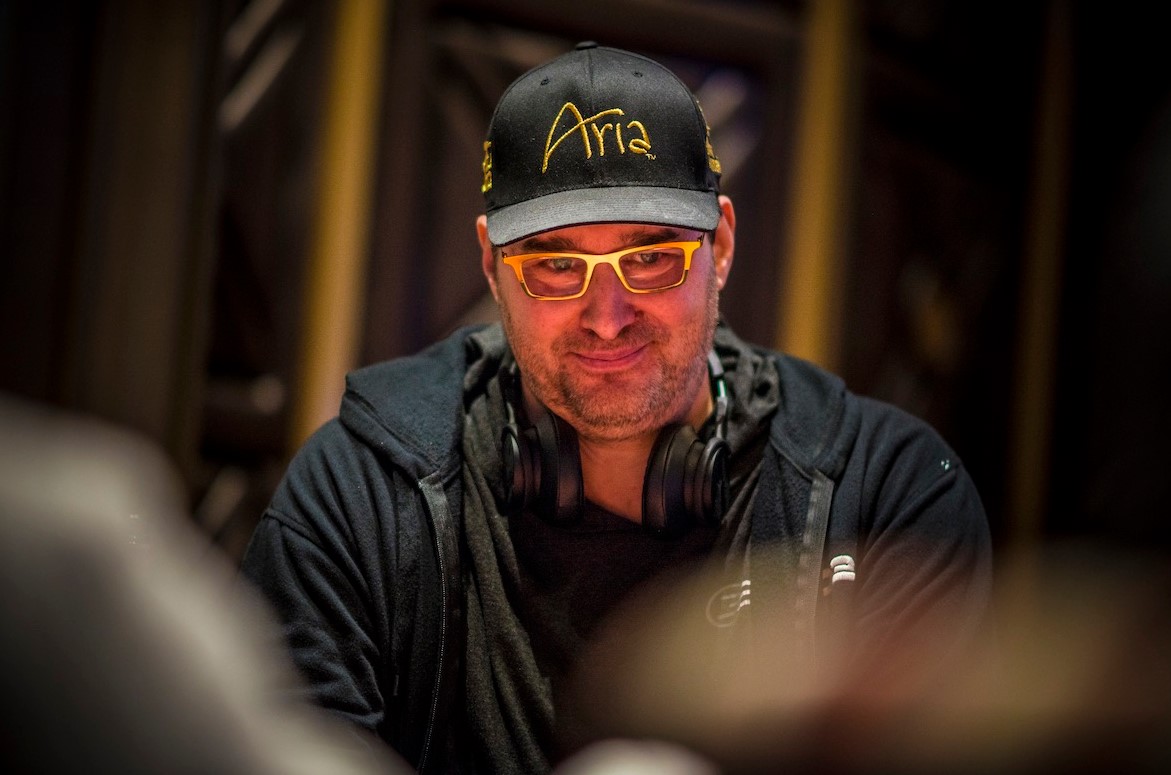
Who is Phil Hellmuth and what has he done to become a High Roller?
If you're a poker lover, you've probably heard of this superstar in the world of poker. Phil Hellmuth is one of the most popular and media-friendly players out there when it comes to the game of ca...

New Jersey Moves Forward with Sweepstakes Gaming Regulation
New Jersey Moves Forward with Sweepstakes Gaming RegulationNew Jersey, a leader in online gaming regulation in the U.S., is taking another step forward by proposing a law to regulate Sweepstakes Ga...
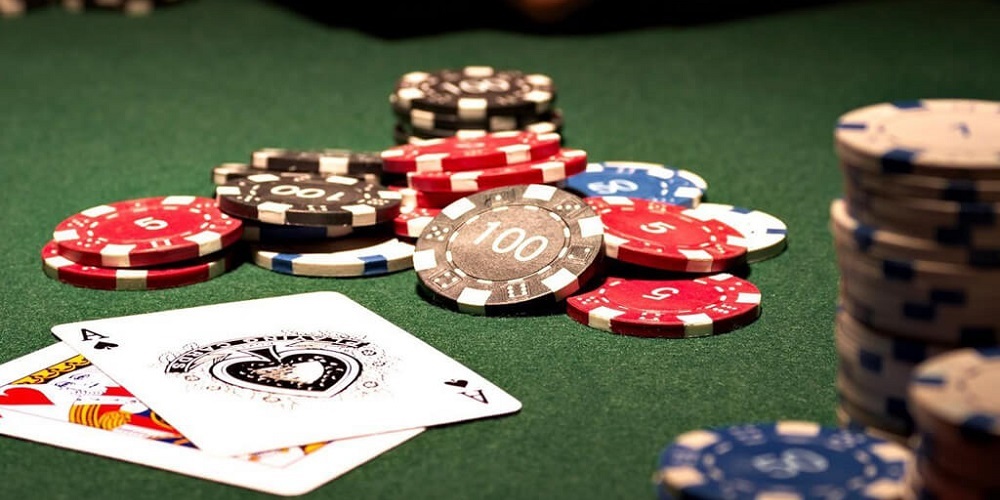
NLH preflop betting: how much to bet?
Texas Hold'em in its No Limit mode is one of the most played types of poker worldwide. Most of the players who end up finding in online poker a favorable environment for the development of their sk...





